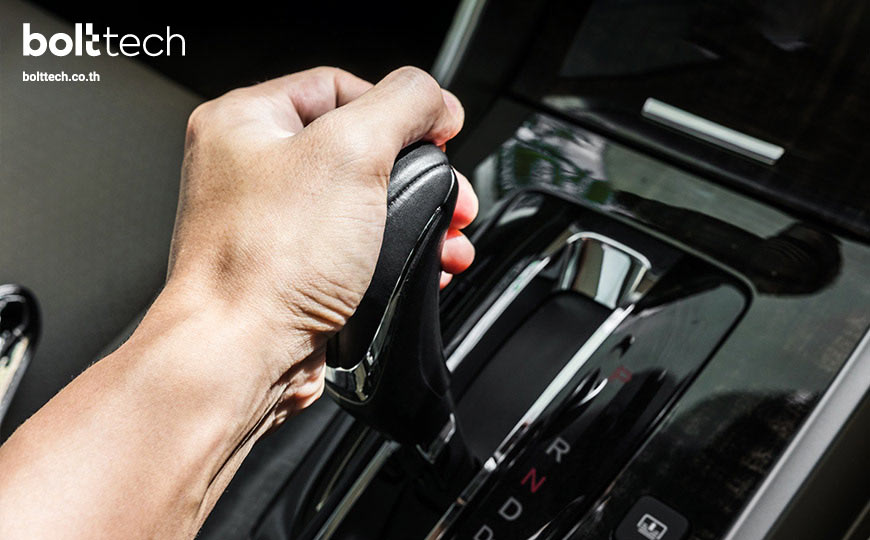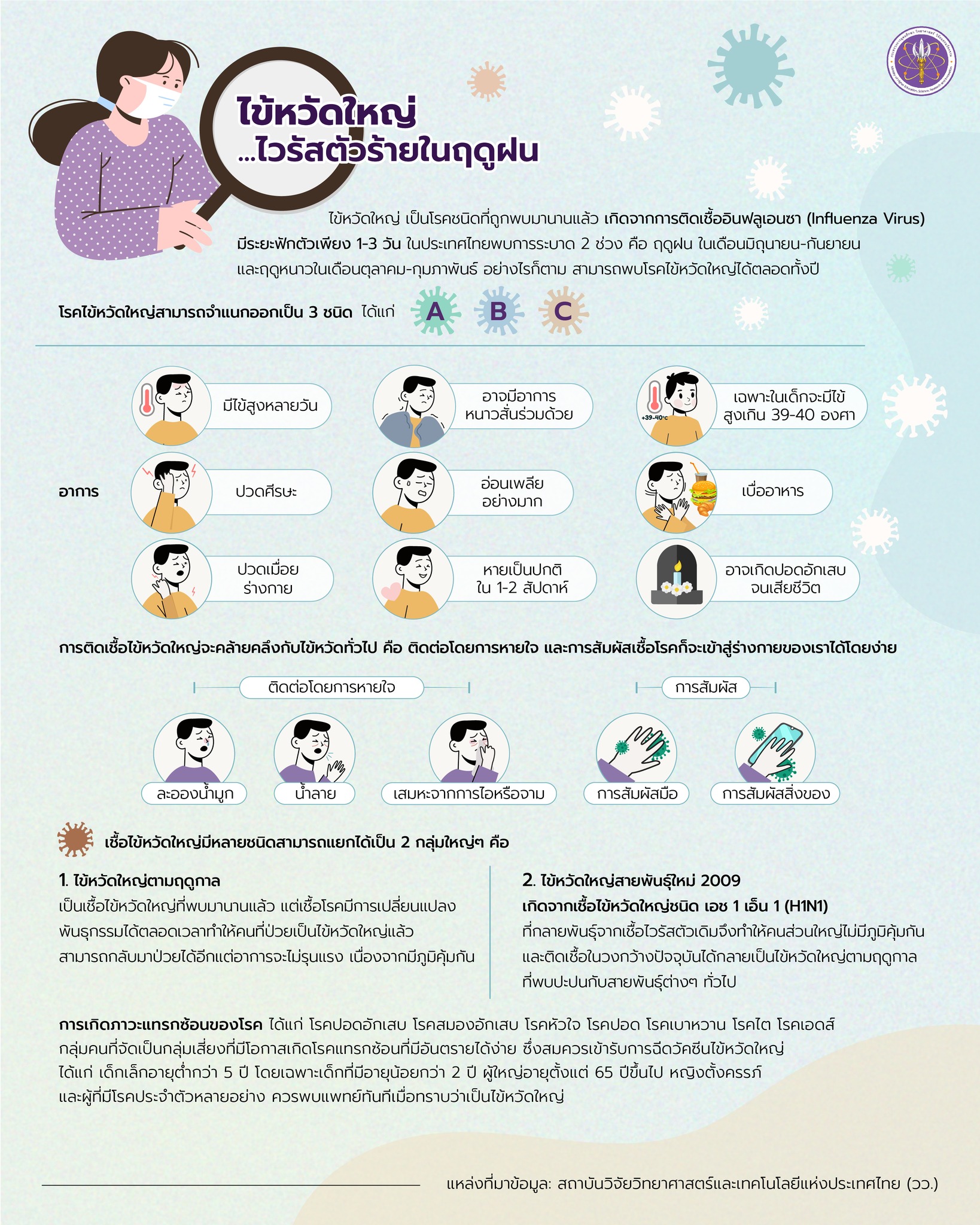Learn How to Say Hello in Thai A Beginner’s Guide
Title: Learn How to Say Hello in Thai: A Beginner’ […]
Title: Learn How to Say Hello in Thai: A Beginner’s Guide
Introduction:
Greeting and expressing warmth in a language are fundamental aspects of social interaction. Thailand, a country renowned for its captivating culture and friendly people, has its unique way of saying hello. Whether you’re a traveler seeking connection with locals or a language enthusiast eager to explore a new tongue, this beginner’s guide will help you confidently greet people in Thailand.
1. “Sawasdee” – The All-Purpose Hello:
The word “Sawasdee” (pronounced “sa-waad-dee”) forms the cornerstone of Thai greetings. It is a versatile expression that serves as both a formal and informal greeting, adaptable to any occasion. When saying “Sawasdee,” you can append it with the appropriate suffix to indicate politeness. “Sawasdee krub” is used by men, while females typically say “Sawasdee kah.” The tone these suffixes carry conveys respect and humility.
2. The Art of “Wai”:
Complementing the spoken greeting in Thailand is the graceful gesture of “Wai.” It involves pressing the palms together in front of your chest, with your fingers extended upwards and elbows slightly tucked in. While performing the “Wai,” a gentle bow of the head is customary. The depth of the bow and the height to which you hold your hands generally correspond to the level of respect and reverence you wish to convey. Remember, extending a firm handshake while performing the “Wai” is considered inappropriate, so opt for a gentle nod and smile instead.
3. Understanding the Contexts of “Sawasdee”:
“Sawasdee” extends to a wide range of situations and contexts. When entering a room, be it your office, a friend’s home, or a market, it is polite to offer a warm greeting to those present. In a country where smiling signifies warmth and friendliness, remember to accompany your greeting with a genuine smile. Understanding the various nuances of “Sawasdee” allows for authentic and personable interactions with Thai individuals.
4. Variation in Greetings:
While “Sawasdee” serves as the cornerstone of Thai greetings, there are several variations that hold cultural and contextual significance. For instance, “Sabai dee mai” (pronounced “sa-bai dee mai”) translates to “How are you?” and is an informal way to inquire about someone’s well-being. When used among close friends or family, it can be shortened to “Sabai dee.” Moreover, saying “Khop Khun Mak” (pronounced “khop-khun-mak”) shows appreciation and translates to “Thank you very much.” “Khob Khun Krub” for men and “Khob Khun Kah” for women are common variations you might encounter.
5. Embrace the Smile:
In Thailand, a smile, or “Yam Sor” as it’s locally known, is not just a simple facial expression but an integral part of daily life. Thais genuinely value a warm, welcoming attitude. Expressing gratitude or greeting others with a genuine smile is deeply appreciated and contributes to a positive and mindful atmosphere. So, when saying “Sawasdee,” don’t forget to let your smile shine through.
Conclusion:
Greeting people in Thailand is an enriching experience, representing both cultural exchange and the warmth of interpersonal connections. By mastering a few key phrases like “Sawasdee” and the complementary gesture of “Wai,” you can confidently engage in simple yet meaningful interactions with locals. Most importantly, your genuine friendliness and open-minded curiosity will contribute to an unforgettable Thai experience. Whether you’re exploring bustling markets, traversing temples, or enjoying a tuk-tuk ride, a friendly “Sawasdee” will unlock doors of understanding and goodwill.



